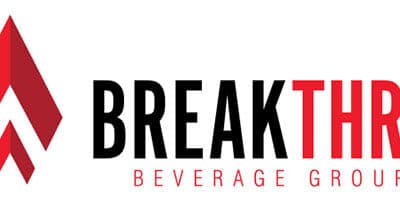Corporate leaders allege that American workers no longer have any need for unions. But a poll conducted by Gallup shows that support for unions among Americans has been growing from 48% in 2009 to 62% today.
MIT researchers discovered that if nonunion workers who wished to join a union were in a position to do so, the membership of workers unions would shoot from the present figure of 15 million workers to 70 million workers.
Therefore, why do unions find it challenging to register new members? The simple answer to this question: Fear.
It is exceptionally hard for even the most skilled organizers or committed workers to win elections for union leadership because of the unfavorable labor laws in America. Big corporations invest a lot of money hiring anti-union consultants. Business owners can compel workers to go to meetings that give prominence to anti-union speeches, literature and films.
Attend an official WalMart employee meeting wearing a union button and see how things turn out.
Union organizers are denied entry to company property. In order to gain access to employees, they are forced go to their houses or conduct secret meetings. 33% of all employers sack at least one worker wrongfully, usually union leaders when they are conducting union organization campaigns. The intention is to scare other workers and stop them from participating in the campaign. The penalties levied by federal authorities are so insignificant that businesses consider them to be a minor business expenses.
American capitalism experienced its golden age some thirty years after the Second World War. During this time, there was wide and equitable sharing of prosperity. Membership to unions enabled a lot of working people to realize the American dream. They were able to purchase cars and homes, go on vacations, pay for their children’s college education, take out health insurance and enjoy a dignified retirement.
But beginning from the 0s, union membership has declined from around 25% of all workers to 20% in the 0s to 10% today.
Presently, union membership among workers in the private sector stands at a paltry 6.5%. The onslaught on the rights of workers has had serious consequences. The disparity in income levels has increased, wages for the rank-and-file workers have become stagnant, the middle class has contracted and Americans have become more debt-stricken.
But the conservative political class and their corporate supporters are not done yet-they want to destroy the unions completely. For instance, the anti-unionist Koch brothers have poured millions of dollars into supporting mistitled right-to-work legislation intended to undermine organized labor and aid the election of anti-union Republicans.
The Supreme Court, in June, issued a landmark ruling known as The Janus decision where, by a five-four majority, workers in the public sector were given the right to stop paying union dues while continuing to receive union-negotiated benefits.
It is akin to letting people enjoy equal fire and police protection despite the fact that they shun paying taxes.
Luckily, help for the labor movement may be on the horizon. In the month of August, voters in Missouri overturned a right-to-work law by margin of two to one.
And in the beginning of this year, thirteen Democratic senators –including Bernie Sanders, Cory Booker, Elizabeth Warren and Kirsten Gillibrand-introduced the Workplace Democracy Act.
It could assist union organizers by proscribing state right-to-work laws(which have been passed by 27 states),giving card check provisions(like the ones in Canada where 25% of the workforce are union members)which control intimidation of workers during union campaigns and assist oppressed workers who are currently misclassified as independent contractors.
The proposal will only pass when Democrats wrest back the control of the Congress and White House
They need to prioritize labor empowerment In order to achieve this. Not only would a stronger labor movement ensure better living standards for workers, it would also support innovative goals such as paid family leave , single-payer health care and tuition-free college education.









